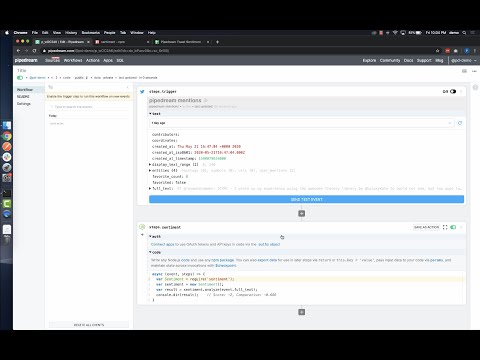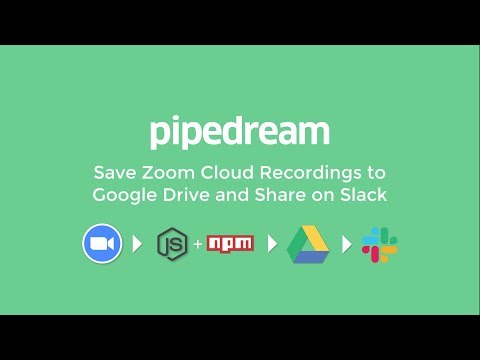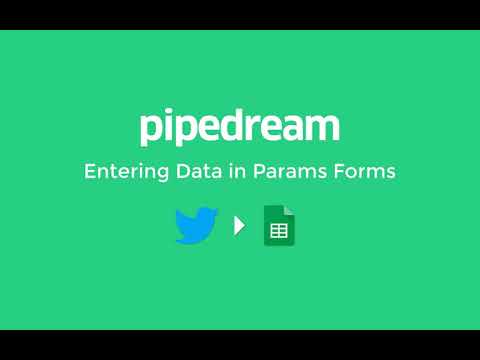What do you want to automate
with OpenWeather API and Google Sheets?
Prompt, edit and deploy AI agents that connect to OpenWeather API, Google Sheets and 3,000+ other apps in seconds.
Trusted by 1,000,000+ developers from startups to Fortune 500 companies
Popular Ways to Connect OpenWeather API with Google Sheets#
Popular OpenWeather API and Google Sheets Triggers#
Emit new event each time a comment is added to a spreadsheet.
Emit new event each time a row or rows are added to the bottom of a spreadsheet.
Emit new event each time a row or rows are added to the bottom of a spreadsheet.
Emit new event each time a row or cell is updated in a spreadsheet.
Popular OpenWeather API and Google Sheets Actions#
Retrieves the current weather condition by location longitude and latitude. See the docs here For more accurate reading, you are advised to fill in the country and/or state code
Add a single row of data to Google Sheets. See the documentation
Retrieves the current weather for a given (ZIP, country)
Add multiple rows of data to a Google Sheet. See the documentation
Retrieves 1-16 days weather forecast for a specified location. See the docs here For more accurate reading, you are advised to fill in the country and/or state code
Overview of OpenWeather API#
The OpenWeather API offers real-time weather data, forecasts, and historical information, enabling you to integrate weather conditions into your applications or workflows. With Pipedream, you can harness this data to automate tasks like sending weather updates, triggering actions based on specific weather conditions, or combining it with other data sources to inform decision-making processes.
Connect OpenWeather API#
import { axios } from "@pipedream/platform"
export default defineComponent({
props: {
openweather_api: {
type: "app",
app: "openweather_api",
}
},
async run({steps, $}) {
return await axios($, {
url: `https://api.openweathermap.org/data/2.5/weather`,
params: {
zip: `20500,us`,
appid: `${this.openweather_api.$auth.api_key}`,
},
})
},
})
Overview of Google Sheets#
The Google Sheets API allows for the creation, reading, updating, and deletion of data within Google Sheets, enabling a robust platform for spreadsheet management and data manipulation. Through Pipedream, you can craft serverless workflows that respond to various triggers, such as webhook events, emails, or scheduled times, to interact with Google Sheets. This synergy can automate reporting, synchronize data across applications, manage inventory, track leads in a CRM, or even conduct survey analysis by updating and retrieving sheet data on the fly.
Connect Google Sheets#
import { axios } from "@pipedream/platform"
export default defineComponent({
props: {
google_sheets: {
type: "app",
app: "google_sheets",
}
},
async run({steps, $}) {
return await axios($, {
url: `https://www.googleapis.com/oauth2/v1/userinfo`,
headers: {
Authorization: `Bearer ${this.google_sheets.$auth.oauth_access_token}`,
},
})
},
})
Related Videos#



Community Posts#


